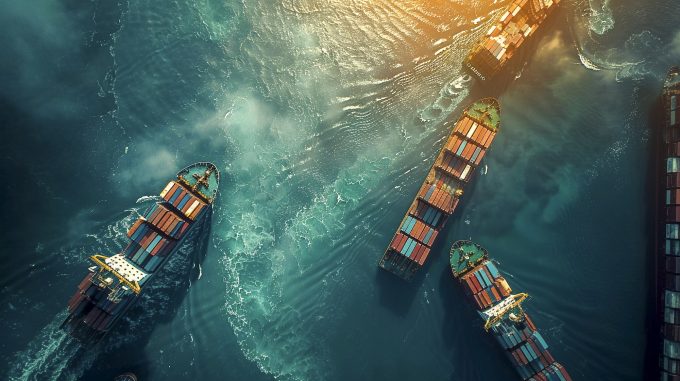MSC revamps east-west network as alliance strategies on blanking vary
As container lines try to manage capacity in the face of wild swings in short-term ...

Port congestion should ease as new vessel capacity comes in and Red Sea diversions become the norm – but “there will always be something” disrupting the market, warned Drewry’s Ports & Terminal Insight editor, Eleanor Hadland.
In Drewry’s monthly report, the maritime consultancy identified a sharp ...

Comment on this article